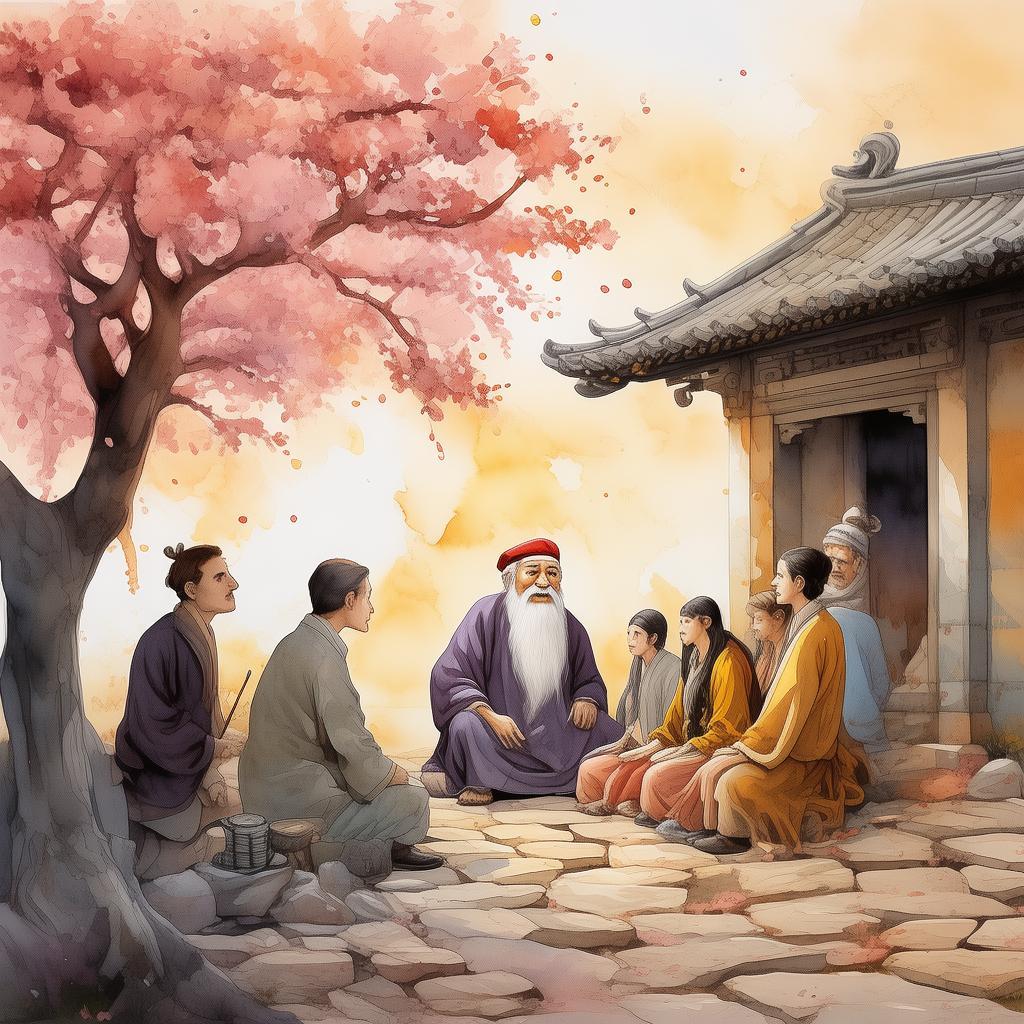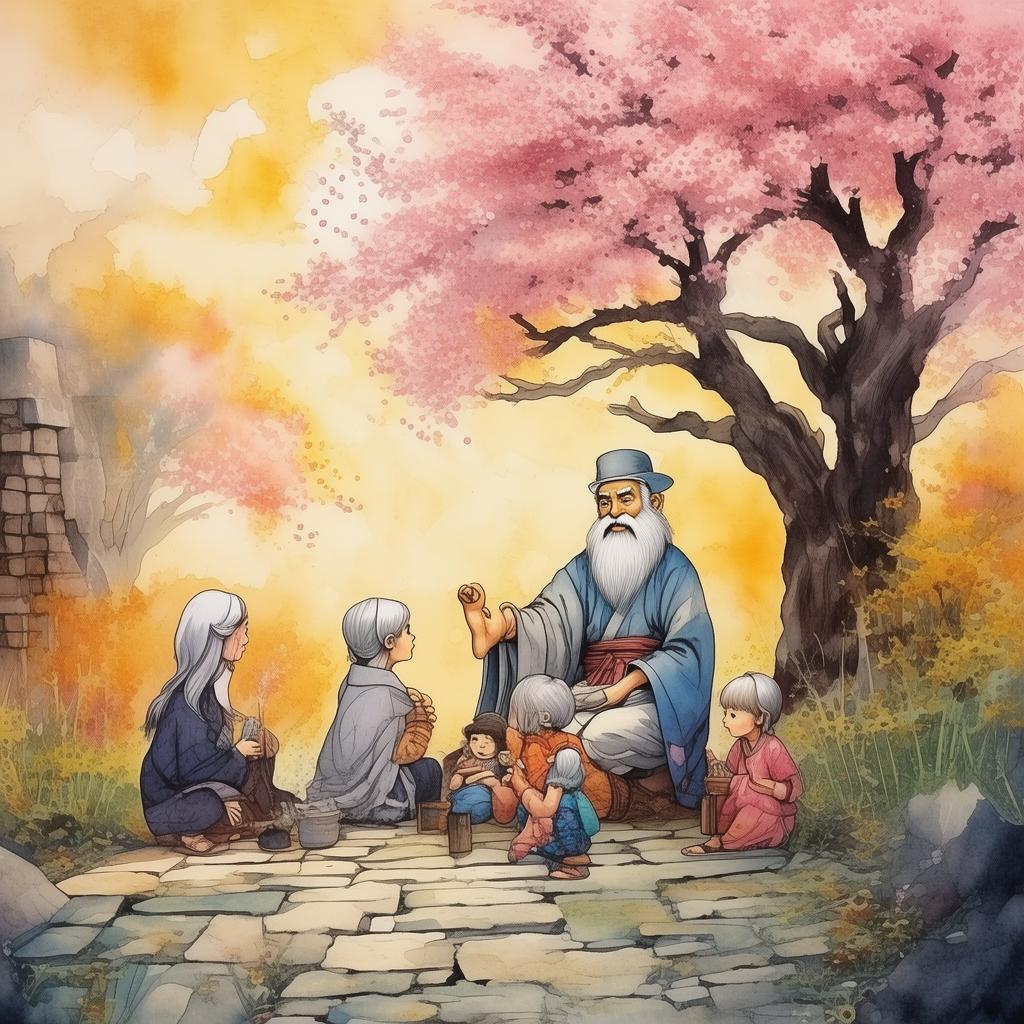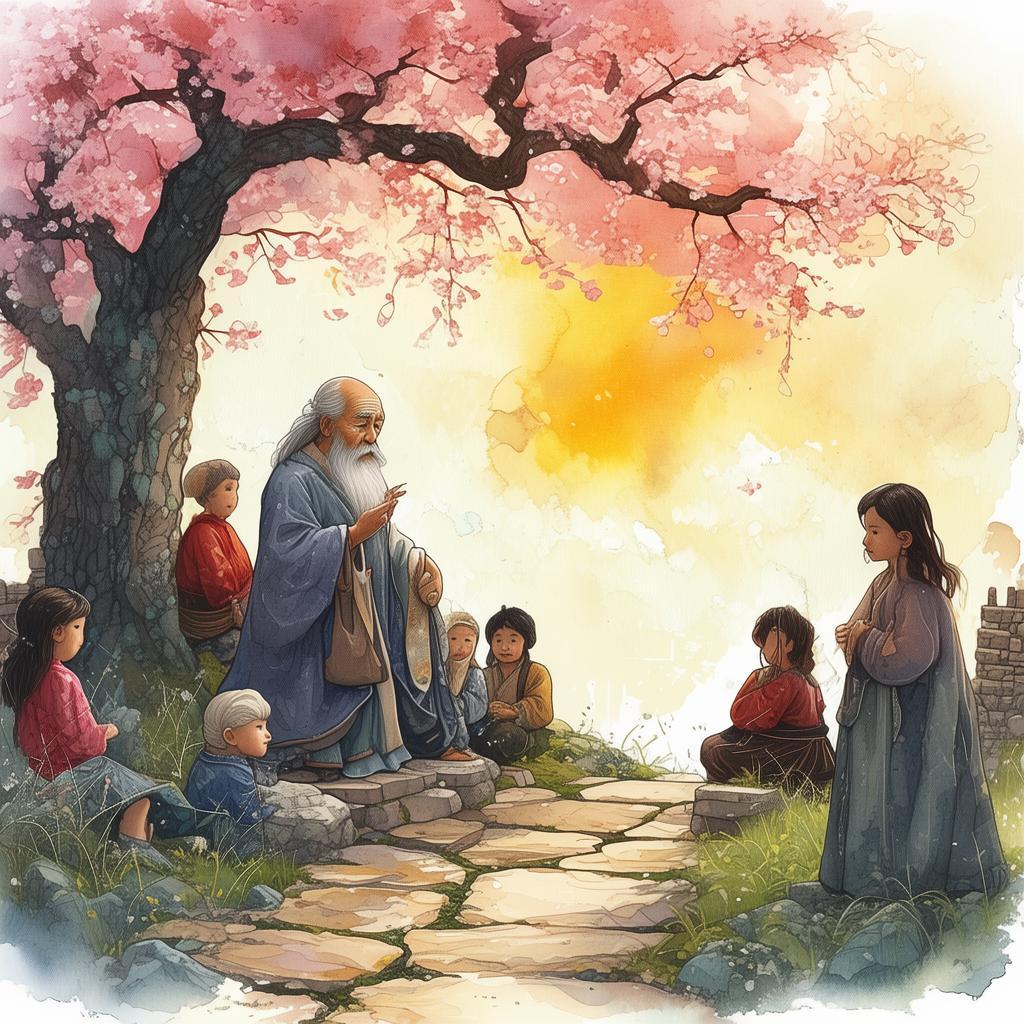The Fuzhou Fable: The Echo of the Future
In the heart of the bustling metropolis of Fuzhou, where the ancient and the futuristic coexisted in a harmonious dance, a young scientist named Liang Hua led a life that was as ordinary as it was extraordinary. By day, he toiled in the shadowy corners of the Fuzhou Research Institute, a place where the impossible was made possible. By night, he wandered the streets of Fuzhou, a city that whispered secrets of its ancient past and the promise of its futuristic dreams.
One evening, as the neon lights of Fuzhou began to flicker to life, Liang Hua stumbled upon a peculiar artifact in the basement of the institute. It was a sleek, metallic cube with intricate patterns etched into its surface. Intrigued, he brought it to his lab, where he spent countless hours deciphering its secrets.
The cube was a time-traveling device, an invention so advanced that it had been kept hidden from the public eye. Liang Hua's initial experiments with the cube were nothing short of miraculous; he could travel to different eras, witness events as they unfolded, and even interact with the past.
But as he delved deeper into the cube's capabilities, Liang Hua discovered something that shook the very foundations of his reality. The cube was not just a device for time travel; it was a key to a grander mystery, one that tied the past, present, and future of Fuzhou together in a complex web of time and space.
In his first journey, Liang Hua traveled back to the year 2023, where he witnessed the creation of the cube. It was a moment of triumph for the Fuzhou Research Institute, but it was also a moment of great danger. The cube's power was too great for any one person to wield, and it was feared that it could be used to alter the course of history.
Determined to prevent the cube from falling into the wrong hands, Liang Hua returned to the present. He knew that he had to find a way to protect the cube, but as he delved deeper into the past, he uncovered a chilling truth: the cube was a part of a larger conspiracy, one that had been in motion for decades.
The Fuzhou Research Institute was not what it seemed. It was a front for a secret organization that had been manipulating the city's history for generations. The cube was just one piece of a puzzle that, when solved, would reveal a dark and dangerous truth about the city's past and future.

As Liang Hua raced against time to uncover the truth, he found himself in a web of deceit and danger. He encountered allies and enemies alike, each with their own agenda and secrets to keep. He discovered that the cube was not the only time-traveling device in existence, and that there were others who sought to control its power for their own gain.
In one particularly harrowing encounter, Liang Hua traveled to the year 1949, where he witnessed the aftermath of a devastating explosion that had changed the course of history. He met a young woman named Mei, who had been caught in the crossfire of the explosion. Mei's story was one of loss and resilience, and it served as a stark reminder of the human cost of time manipulation.
As Liang Hua continued his journey, he began to understand the true nature of the cube's power. It was not just a device for time travel; it was a mirror into the future, a glimpse into the consequences of altering the past. The cube held the key to a paradox that threatened to unravel the very fabric of reality.
In a climactic showdown, Liang Hua confronted the mastermind behind the conspiracy, a figure known only as the Shadow. The Shadow revealed that he had been using the cube to manipulate history for his own gain, but he had also been using it to protect the city of Fuzhou from a greater threat that loomed on the horizon.
The Shadow's plan was to use the cube to prevent a catastrophic event that would destroy Fuzhou and its people. But in doing so, he had created a paradox that threatened to destroy the entire universe. Liang Hua realized that he had to make a choice: to protect the city at the cost of altering the past, or to prevent the paradox and risk the city's future.
In a heart-wrenching decision, Liang Hua chose to alter the past, sacrificing his own future to save the city. He used the cube to correct the course of history, ensuring that the catastrophic event would never occur. But in doing so, he also altered his own destiny, leaving him with a sense of loss and regret.
As the story came to a close, Liang Hua returned to the present, the cube now in his possession. He knew that the cube's power was too great to be left unchecked, and he vowed to protect it from those who would misuse it. The city of Fuzhou had been saved, but the cost was high, and the future was still uncertain.
The Fuzhou Fable: The Echo of the Future was a story of time, power, and the human cost of altering the past. It was a tale that would echo through the ages, a reminder that the choices we make today can have far-reaching consequences for the future.
✨ Original Statement ✨
All articles published on this website (including but not limited to text, images, videos, and other content) are original or authorized for reposting and are protected by relevant laws. Without the explicit written permission of this website, no individual or organization may copy, modify, repost, or use the content for commercial purposes.
If you need to quote or cooperate, please contact this site for authorization. We reserve the right to pursue legal responsibility for any unauthorized use.
Hereby declared.









